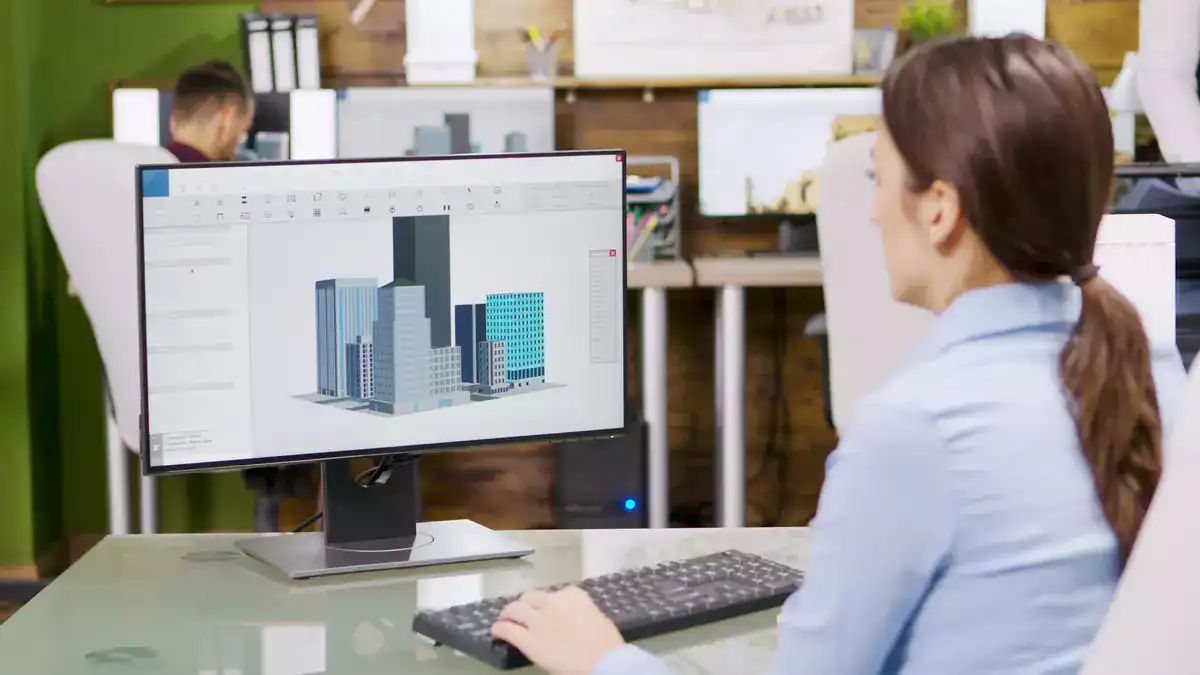In the ever-evolving field of architecture, the integration of collaboration tools within design software has become a transformative force. As architects and design professionals increasingly rely on sophisticated software to bring their visions to life, the incorporation of collaborative features becomes paramount. This article explores the significance of collaboration tools in Architecture Design Software, with a focus on the intersection of advanced software architecture tools and Building Information Modeling (BIM) collaboration tools.
1. Facilitating Seamless Communication:
Architecture projects involve multiple stakeholders, including architects, designers, engineers, and clients. Collaboration tools streamline communication by providing a centralized platform for sharing ideas, updates, and feedback.
Real-time communication features in Architecture Design Software ensure that team members can collaborate efficiently, reducing the risk of miscommunication and enhancing overall project coordination.
2. Enhancing Team Efficiency:
Collaborative features in Architecture Design Software contribute to improved team efficiency. Design professionals can work concurrently on different aspects of a project, accelerating the overall design and development process.
BIM Collaboration Tools, in particular, enable interdisciplinary collaboration, allowing architects, engineers, and contractors to work collaboratively within a shared environment.
3. Coordinated Design Changes:
Architecture projects often undergo iterations and design changes. Collaboration tools empower teams to implement coordinated design changes seamlessly.
With real-time updates and version control features, architects can track changes, review modifications, and ensure that the entire team is working with the latest project information.
4. Streamlining Project Management:
Architecture Design Software with built-in collaboration tools contributes to effective project management. Teams can create task lists, set milestones, and track progress within the same platform used for design.
BIM Collaboration Tools go a step further, enabling project stakeholders to access and manage project data, timelines, and milestones collaboratively.
5. Global Collaboration Possibilities:
With the rise of remote work and global collaboration, Architecture Design Software with robust collaboration tools becomes essential. Architects and design professionals can collaborate seamlessly across geographical boundaries.
BIM Collaboration Tools facilitate cloud-based collaboration, ensuring that project information is accessible to stakeholders irrespective of their physical location.
6. Ensuring Data Accuracy and Consistency:
Collaboration tools play a crucial role in maintaining data accuracy and consistency across the architectural design process. Changes made by one team member are reflected in real-time for others.
In BIM Collaboration, the shared model serves as a single source of truth, reducing the likelihood of discrepancies and ensuring that all stakeholders are working with synchronized data.
7. Client Involvement and Feedback:
Architecture Design Software with collaboration tools allows clients to be actively involved in the design process. Clients can review designs, provide feedback, and participate in discussions, fostering a collaborative relationship.
BIM Collaboration Tools extend client involvement to the construction phase, enabling clients to visualize and understand the project's progress in a collaborative digital environment.
8. Promoting Innovation and Creativity:
Collaboration tools encourage innovation and creativity by fostering an environment where diverse perspectives and ideas can be easily shared.
Architects and design professionals can leverage collaborative features to brainstorm, ideate, and explore creative solutions collectively.
ARK Infosolutions, a distinguished value-added distributor, enhances this collaborative landscape by providing advanced architecture design software from renowned brands such as Bricsys, Autodesk, Chaos Group, Enscape, and SketchUp. These industry-leading brands empower architects with cutting-edge tools, reinforcing the importance of collaboration in shaping the future of architectural design.
In conclusion, the integration of collaboration tools in Architecture Design Software, particularly with the support of advanced BIM Collaboration Tools and offerings from leading brands via ARK Infosolutions, is indispensable for modern architectural projects. These tools not only enhance communication and efficiency but also contribute to the creation of more accurate, consistent, and innovative designs. As the architectural landscape continues to evolve, architects and design professionals must harness the power of collaboration tools to stay at the forefront of the industry's advancements.


